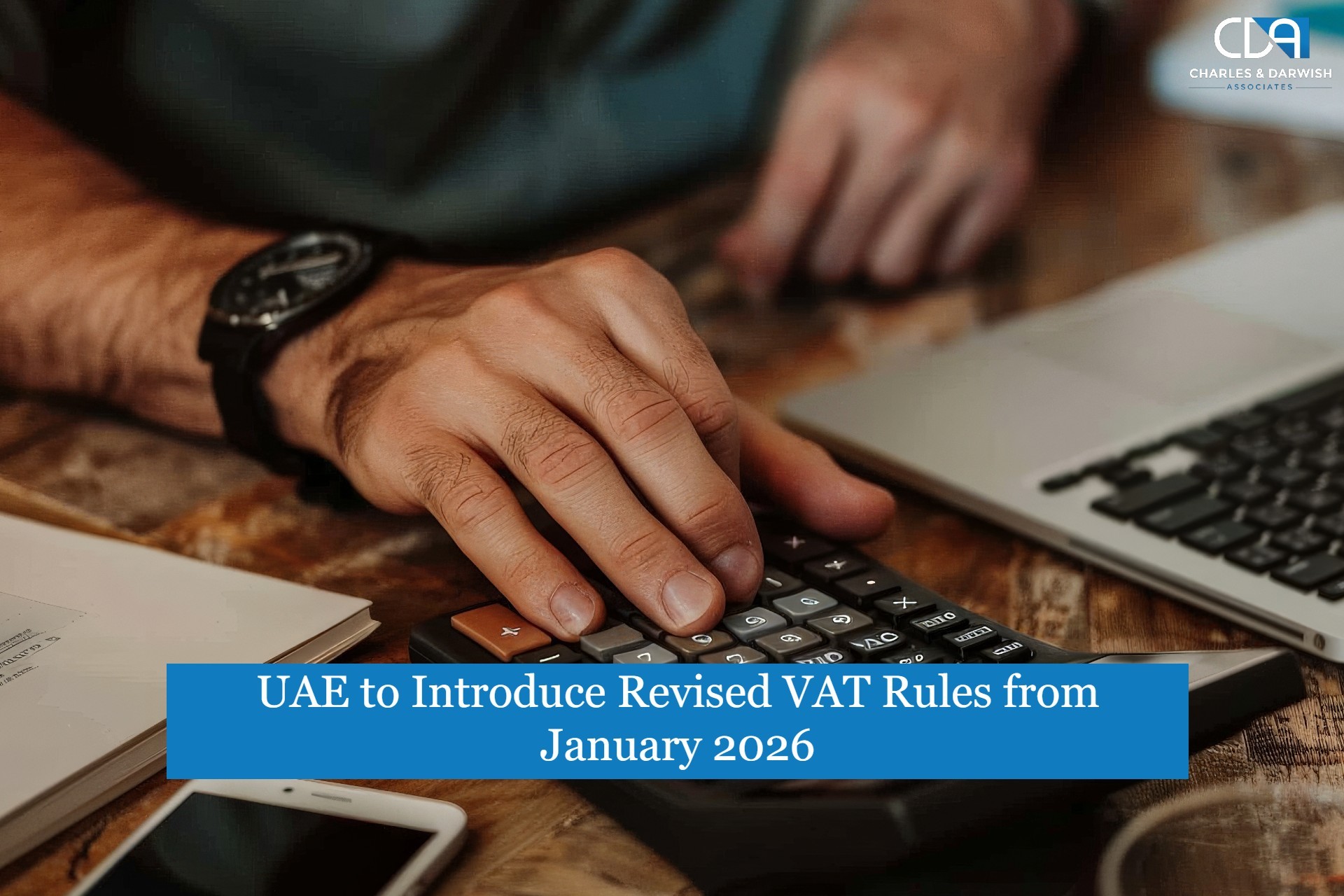Application of Arm's Length Principle for Transfer Pricing under Corporate Tax
In the dynamic realm of multinational enterprises (MNEs), where subsidiaries often engage in transactions among themselves, companies face a myriad of challenges, one of which is determining a fair and equitable pricing structure for transactions between related entities. For this reason, the UAE's new corporate tax regime has brought forth a framework known as transfer pricing which serves as a guiding beacon to ensure fair and equitable transactions between related parties or connected persons within an enterprise. In this blog, we will explore the practical application of the Arm’s Length Principle which serves as a cornerstone of TP, ensuring that transactions between affiliated entities are conducted at fair market values.
Understanding The Arm's Length Principle
The Arm's Length Principle is a key concept in international taxation and transfer pricing. The key idea behind ALP is that transactions between related parties should be priced as if they were conducted between unrelated entities, reflecting the normal competitive market conditions. This signifies that the ALP treats related entities as separate entities rather than as inseparable parts of a single unified business during an intra-group cross-border transaction, thus promoting fairness and preventing artificial manipulation of prices for tax benefits.
Applicability of Arm’s Length Principle for Transactions Under the UAE CT Law
The three-step approach to applying the Arm’s Length Principle involves -
Step I: Comparability Analysis
The first step in applying the Arm's Length Principle is conducting a thorough comparability analysis. This involves evaluating the conditions of a controlled transaction and comparing them to transactions between unrelated entities. The goal is to identify comparable transactions that can serve as a benchmark for determining whether the pricing of the controlled transaction is at arm's length. This analysis requires a thorough examination of the economically relevant characteristics of the transactions, such as the functions performed, risks assumed, and assets employed by the parties involved in the transaction.
You can also read: Transfer Pricing Documentation Under Corporate Tax
Step II: Identification of the Most Appropriate TP Method
The second step is to identify the most appropriate TP method for determining the arm's length price. The UAE transfer pricing rules allow taxpayers to apply one or a combination of the prescribed TP methods to establish the arm's length price. Common transfer pricing methods include:
Traditional Transaction Method
- Comparable Uncontrolled Price (CUP) Method
This method involves comparing the price of the transaction between related parties with the price of a similar transaction between unrelated parties.
- Resale Price Method
This method starts by taking the resale price of the property or service and deducting a suitable gross margin to determine the arm's length price.
- Cost Plus Method
This method calculates the cost of producing the goods or services being transferred. It adds a fair profit margin when determining the arm's length price.
Transactional Profit Method
- Transactional Profit Split Method
This method calculates the profit margin on the transaction between related parties based on the value each party brings to the project.
- Transactional Net Margin Method (TNMM)
TNMM compares the net profit margin relative to an appropriate base (e.g., costs, sales, or assets) that a taxpayer achieves from a controlled transaction to the net profit relative to the same base achieved either by the taxpayer or an unrelated party in a similar uncontrolled transaction.
The method chosen to determine the transfer price depends upon the specific circumstances of the transaction, such as the economic situation when the arrangement or transaction was undertaken, the characteristics of the agreement, the business strategy and assets used, the functions performed, and the risk assumed by the related parties.
Step III: Determine the Arm’s Length Results
The final step in the application of the ALP is the determination of the arm's length price - the price that would have been agreed upon between independent parties in a similar transaction. This involves applying the chosen TP method to the data and information gathered during the comparability analysis to arrive at an arm's length price.
During this step, companies must document their analysis and the reasoning behind the selection of a particular TP method. Transparency and documentation are crucial for demonstrating compliance with the UAE’s tax regulations and defending the arm's length nature of the pricing to tax authorities during audits.
CDA as Your Tax Consultant
Navigating the complexities of the ALP in UAE corporate tax law requires a tailored approach to transfer pricing methods. Recognizing this, businesses in the UAE are encouraged to seek the expertise of tax consultants such as CDA. Our experts can guide you through the intricacies of transfer pricing regulations, ensuring compliance with the evolving landscape of international taxation.
By leveraging our TP expertise, you can not only protect yourself from potential errors and penalties but can also proactively address TP disputes and challenges. Don't hesitate - connect with our tax professionals and take advantage of our FREE CONSULTATION today.

Mark Thompson
Full-stack Developer, Blogger, and Tech Enthusiast.
Mark specializes in digital marketing, SEO, and content strategy.













